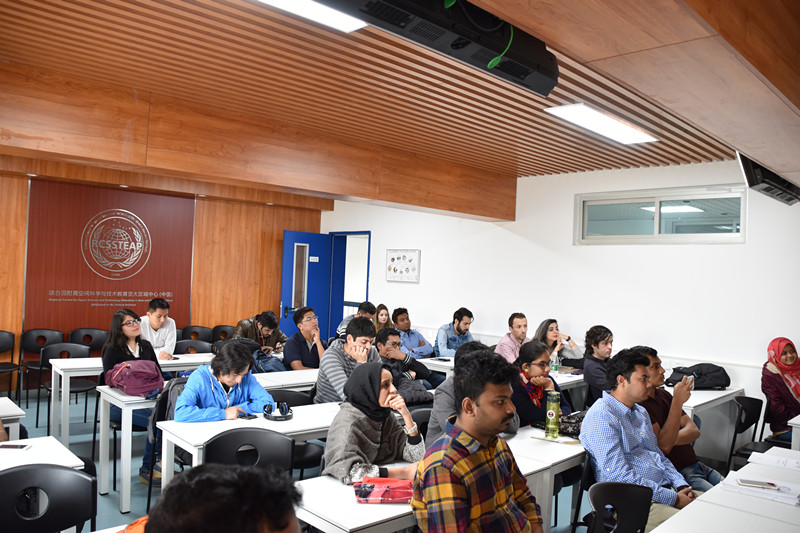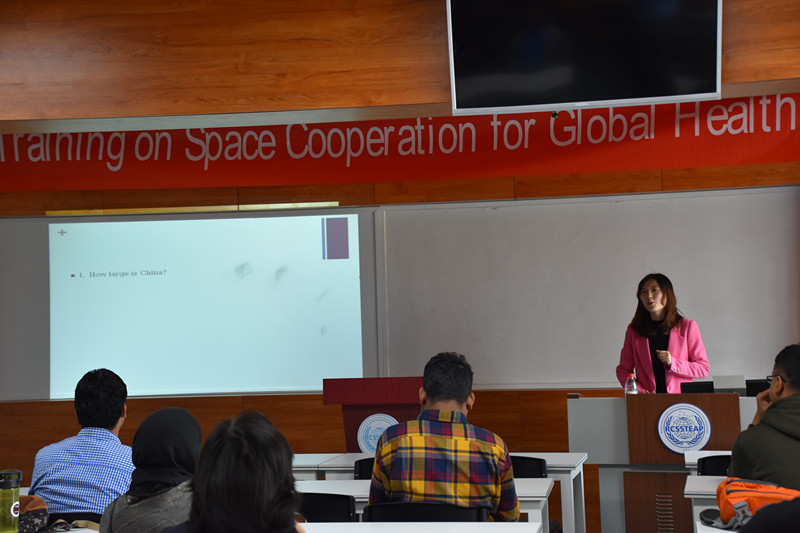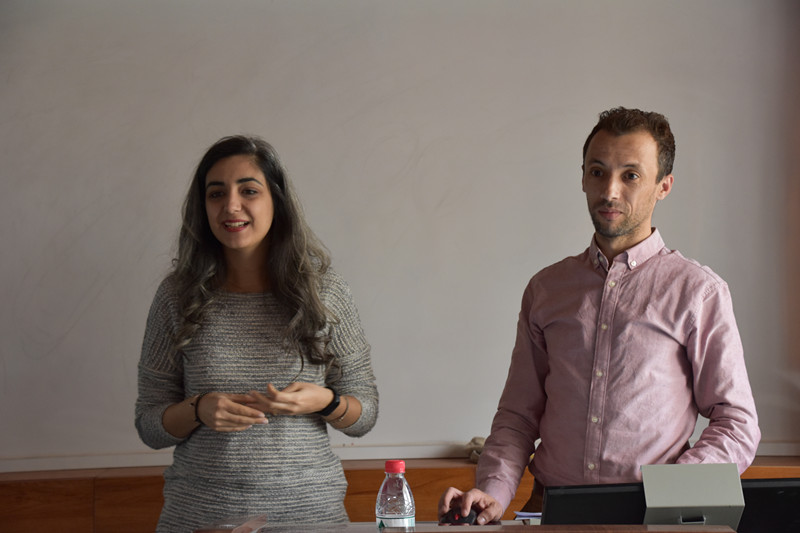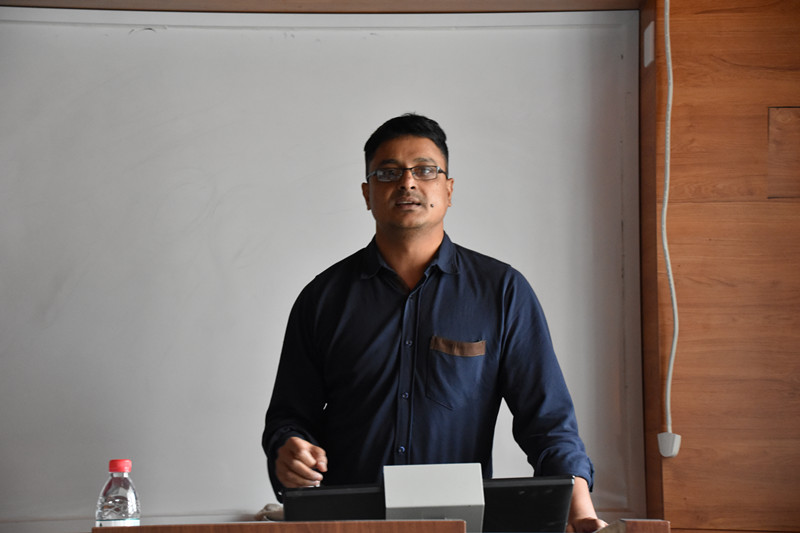In order to take advantage of various cultural
backgrounds of participants and build up international and diverse cultural
environment, the Centre is going to have intercultural activities since 2018
Spring Semester. Divided by nationality, participants will work in group and
give group presentations on their cultures and the cultural differences between
Chinese culture and their home cultures. Through the cultural presentations,
participants from different countries could learn more about each other and get
adjusted into campus life and the Centre’s environment much easier. At the same
time, this intercultural activity can also help to
improve the international influence of the Centre and provide opportunities to
build up characterized Centre Culture.
On April 11th, the Centre held
intercultural activities during the 2nd Class Meeting in 2018 Spring
Semester. Participants from 2016 & 2017 MASTA/DOCSTA Program were in
attendance of the meeting. The Class Meeting was hosted by Ms. Wu Ke, student
advisor of the Centre.

First of all, Ms. Wu Ke did a brief introduction to
Chinese Culture from the aspects of basic information of the country, foods,
clothing, religions and beliefs and architecture, etc.; and compared Chinese
Culture with American Culture to raise participants’ awareness of cultural
differences.

Subsequently, participants from Algeria and
Bangladesh showed cultural presentations on their countries respectively. BLALA
HAMZA, a DOCSTA participant, and CHARAF SENHADJI, a PhD student from
International School introduced Algerian Culture through an interesting video
and a vivid presentation. Then, Bangladeshi group, SUJAUDDIN PATHAN SHIBLEE, a
DOCSTA participant, and S.A.M. ARIF-UL-HAQUE, a MASTA participant in
Microsatellite showed their culture from aspects of basic information of the
country, foods, clothing, college life, traditional customs. These two
wonderful cultural presentations received warm response from all participants.



The 1st Intercultural Activity won high
praise from participants. Many of them said that, this kind of
culture-experiencing activity was both enjoyable and knowledgeable, making them
not only enjoy the beauty of different cultures but also learn some knowledge
about culture features and different customs.

